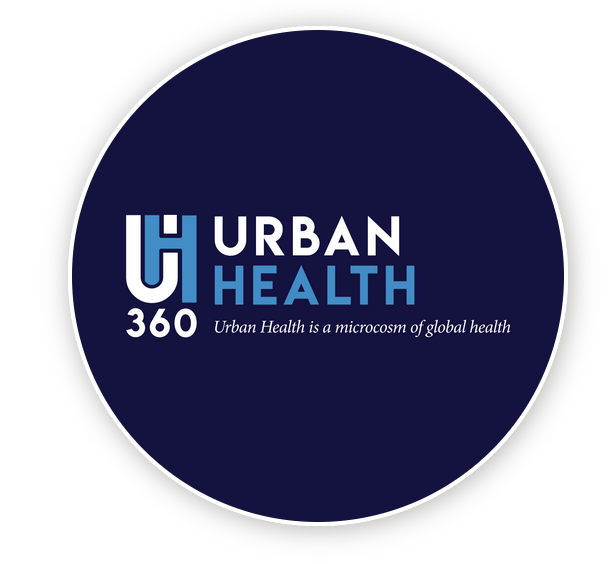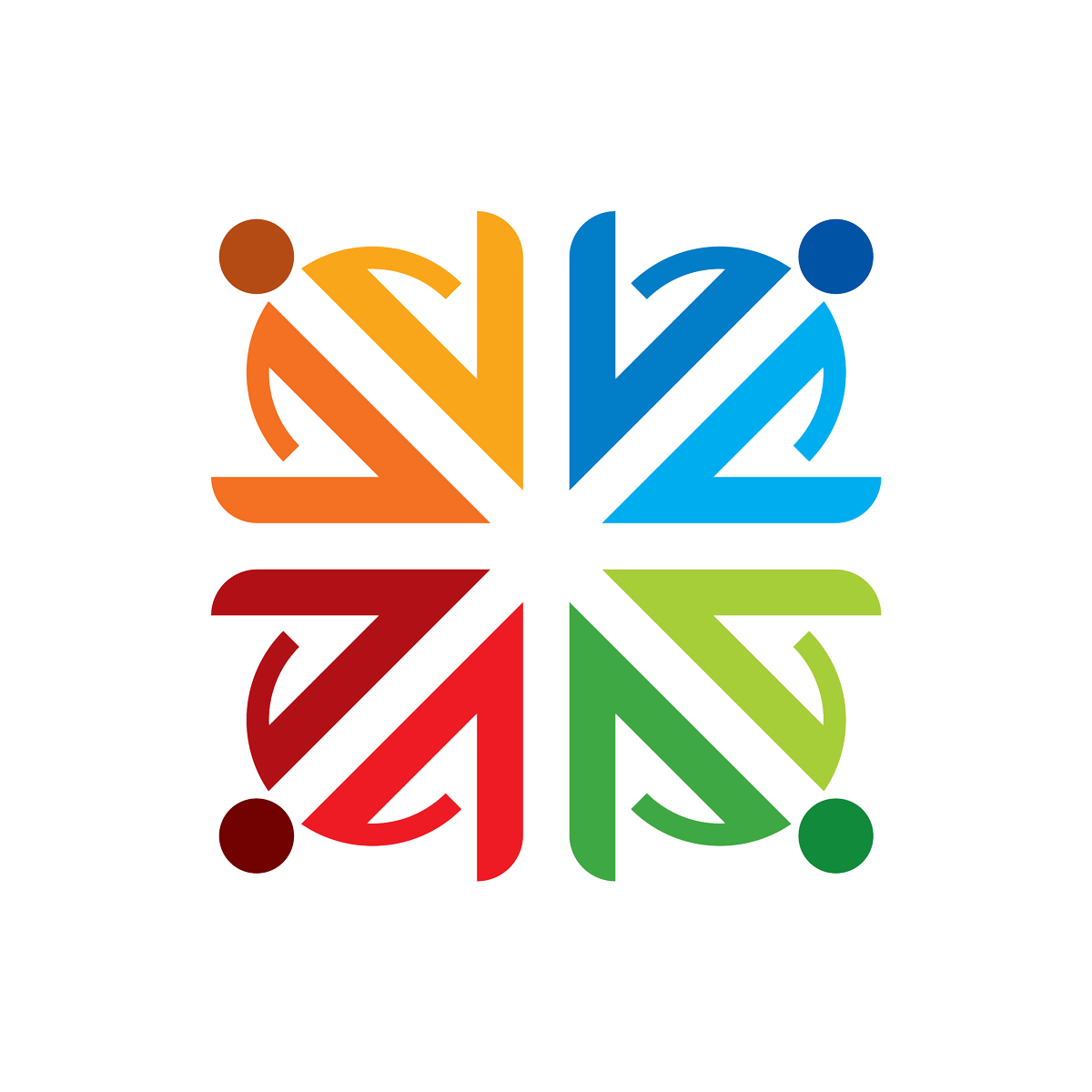The UH360 Observatory
The UH360 Observatory serves as an information hub for our communities, partners, and collaborators.THE UH360 OBSERVATORY:
Information Hub for our Communities, Partners, and CollaboratorsHow We Present Information
Using our Focus Areas Model described earlier, our Data Narratives and Data Visualization are presented in terms of our 6 Focus Areas and Elaborated through the Sub-Areas that comprise each Focus Area.
We present this information by profiling a community and the country in which it exists.

Mental Health & Well Being
Healthy Health Of Men & Boys
Health Of Women & Girls
Youth Health Well Being
Access To Health Information
Disease Patterns
Healthy Aging
Population Density
(primary Vs secondary cities)Migration
Subsistence Livelihoods Economic Diversity
Informal Settlement
Social Heterogeneity
(gender, age, ethnicity, class differences)Here we focus on changes in the population over time as manifested in population density, migration and settlement patterns, economic diversity, and changes in social composition. Of particular interest is the movement from rural to urban and the issues related to such movement.
The world population is estimated to increase from 7.4 to 8.6 billion people by 2030, and 97% of this growth is in developing countries — particularly India, Nigeria, and Pakistan. On average, 60% of the world population will live in cities in 2030 – ranging from 81% in developed countries vs 56% in the developing world. However, 94% of this urbanization will occur in developing countries, and more megacities will emerge, particularly in Asia.
Informal Food Sector
Nutrition Transition
Formal Food Sector
Access To Work
Access To Housing
Water & Sanitation
Social Services
Educational Opportunities
Spatial Coherence
(roads, communication)Health Services
Health infrastructure provides the necessary foundation for all health services—from vaccinations to chronic disease prevention programs to emergency preparedness efforts. A strong health infrastructure includes:
- A capable and qualified workforce.
- Up-to-date data and information systems.
- Agencies that can assess and respond to health needs.
Culture Of Health Learning
Active & Committed Local Leaders
Shared Knowledge
Policy Influence
Community Engagement
Goal 3 of the Sustainable Development Goals focuses in on “Good health and wellbeing.”
The lack of capacity for governance of Ministries of Health (MoHs) is frequently advanced to explain health systems failures in low- and middle-income countries (LMICs). However, realizing the goals and policies of the health system becomes possible by recognizing the indicators of good governance in the field of health and then the measures of the government to improve those indicators.



